Deck & Commander Strategies

Keranos, God of Storms
A stax and prison deck aiming to lock down opponents' mana and spellcasting with cards like Back to Basics, Blood Moon, and taxing enchantments, eventually winning through a Paradox Engine and Isochron Scepter combo.
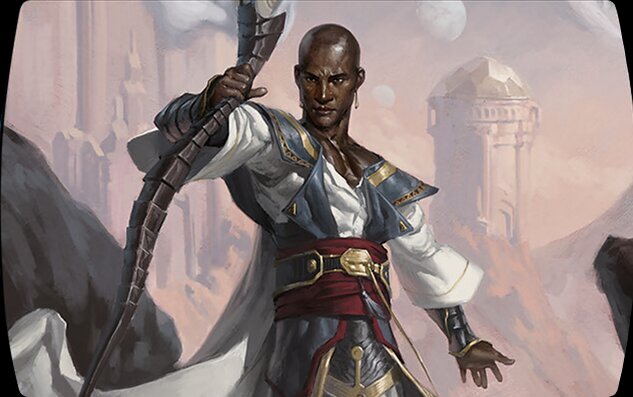
Teferi, Temporal Archmage
A control deck prepared for the long game, using interaction like Mana Drain and a chain veil combo to generate infinite mana and take over the game.
Thrasios & Tymna
A combo deck with two main lines: an Angel of Glory's Rise infinite mana combo using Salvagers and Boomerang, and a Hermit Druid milling combo that wins through a lab man sequence.

Karador, Ghost Chieftain
A midrange hatebear deck leveraging value engines such as Sylvan Library and Birthing Pod to slow opponents and grind value before comboing off using Boon Weaver and Pattern of Rebirth.
Gameplay Insights
- 1
Keranos used early mana denial and stax effects to disrupt the mana bases of aggressive decks, effectively slowing down their initial tempo.
- 2
Simon’s Thrasios & Tymna deck relied on protection and efficient tutors to assemble its combo despite the heavy lockdown environment.
- 3
Siggy's Teferi deck was designed to play the long game, utilizing Mana Drain to protect important spells and find combo pieces through tutors.
- 4
Dan’s Karador deck prioritized deploying hatebears and value engines to maintain board presence and apply pressure while setting up its combo.
- 5
Early removal spells like Pongify targeted mana dorks to further constrain opponents’ acceleration and maintain the stax lock.
- 6
Players had to balance between preserving resources to combo off and disrupting opponents’ plans amid heavy prison effects.
Notable Cards
-
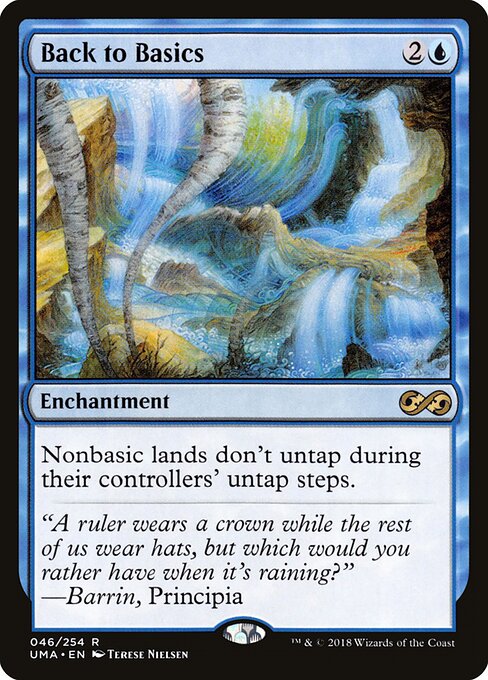
Back to Basics
-

Blood Moon
-
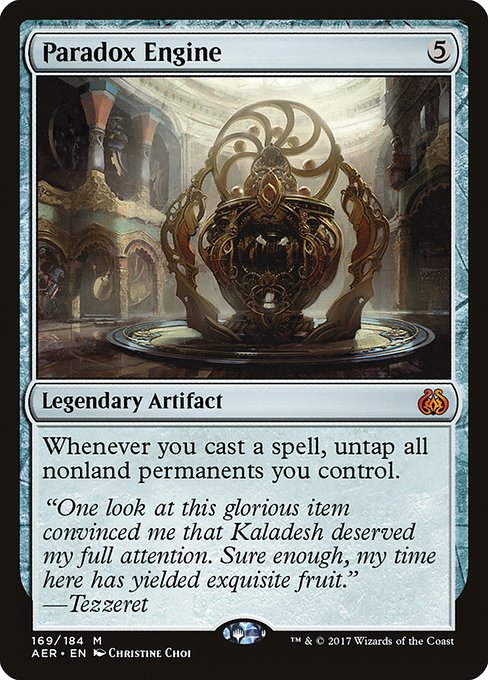
Paradox Engine
-
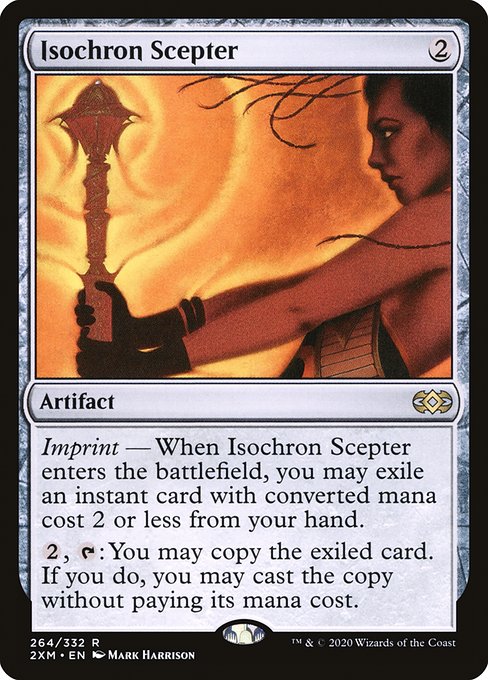
Isochron Scepter
-

Mana Drain
-
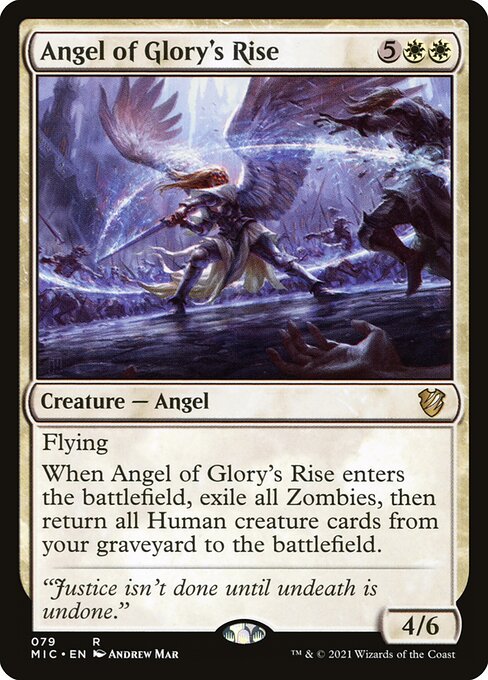
Angel of Glory's Rise
-
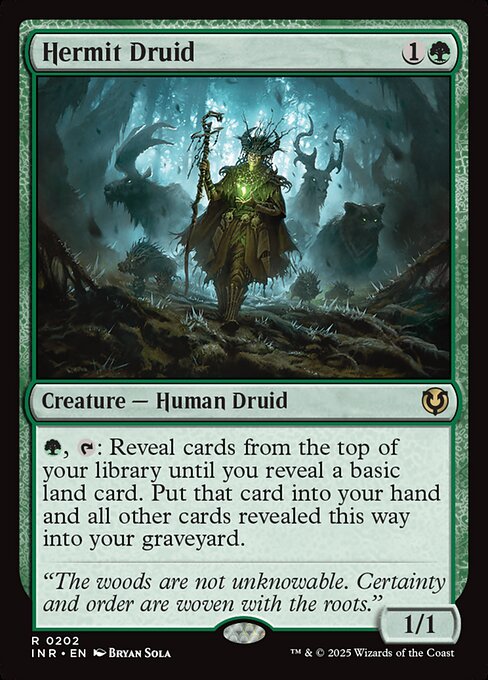
Hermit Druid
-
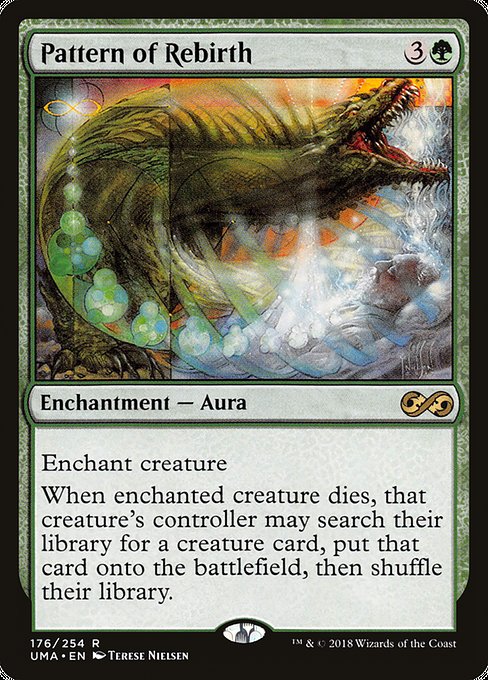
Pattern of Rebirth
-

Pongify
-
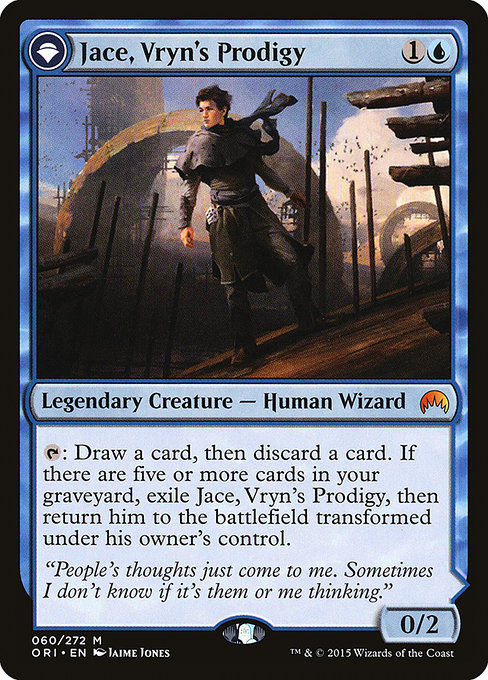
Jace, Vryn's Prodigy // Jace, Telepath Unbound
-

Mishra's Workshop
-
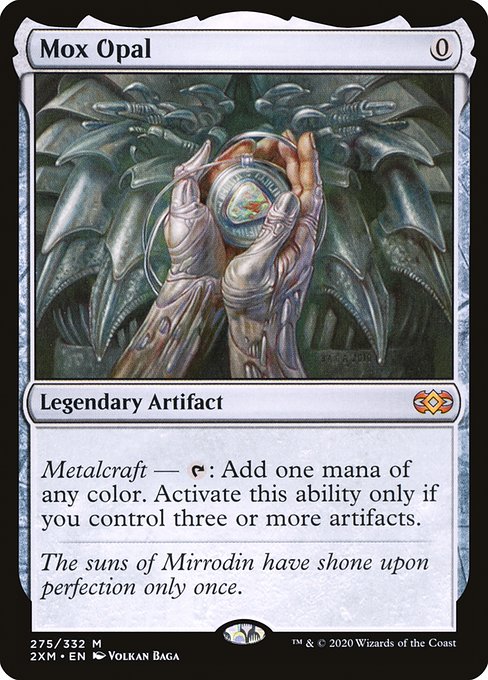
Mox Opal
Gameplay Summary
The game began with Cameron piloting a Keranos deck focused on stax and prison strategies to lock down opponents' mana and spellcasting capabilities, aiming to eventually combo out with Paradox Engine and Isochron Scepter.
Cameron established early mana denial with cards like Back to Basics, Blood Moon, and various taxing enchantments to slow down the explosive decks at the table.
Siggy, playing Teferi, Temporal Archmage, took a slower approach, prepared for a long game with interaction like Mana Drain and a potential chain veil infinite combo.
Simon piloted a Thrasios & Tymna deck with two main combo lines: one involving Angel of Glory's Rise and infinite mana with Salvagers and Boomerang, and another utilizing Hermit Druid to mill the library and win with a lab man combo.
Dan played a midrange Boon Weaver Karador deck, using hatebears and value engines like Sylvan Library and Birthing Pod to grind out value before comboing off with Boon Weaver and Pattern of Rebirth. Early turns saw significant mana denial from Cameron, who used stax effects like Back to Basics to cripple basic land strategies, impacting Siggy’s and Dan's mana bases.
Simon’s deck was aggressive with protection and combo potential but had to navigate the stax environment carefully.
Key plays included the Pongify removal on early mana dorks and establishing slow, controlling board states.
The game’s tension revolved around whether Cameron’s stax could keep the faster combo decks at bay and whether Simon or Siggy could assemble and protect their combos through the lockdown.
The game showcased a classic stax versus combo dynamic, with players adjusting their lines to either break or maintain control until they could execute their win conditions.


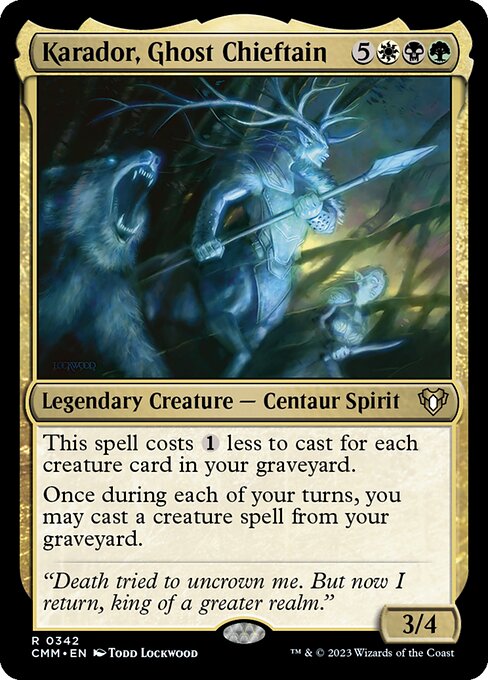



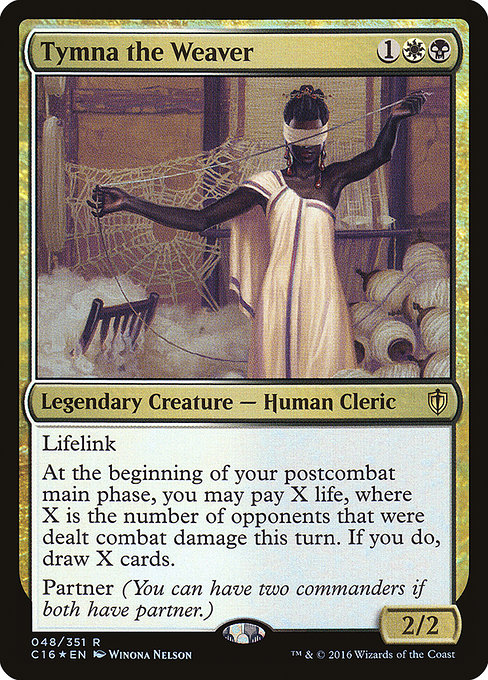























![Commander VS S5E5: ??? vs ??? vs ??? vs ??? [MtG Multiplayer] thumbnail](https://i.ytimg.com/vi/IoN5gMmHpbg/sddefault.jpg)
![Commander VS S1E2: Keranos v. Marchesa v. Animar v. Ruric Thar [MTG Multiplayer] thumbnail](https://i.ytimg.com/vi/zQYgG45Yzuk/sddefault.jpg)











![Commander VS S1E4: Prossh vs Derevi vs Karador vs Scion [MTG Multiplayer] thumbnail](https://i.ytimg.com/vi/qKq_zjLSJU8/sddefault.jpg)
